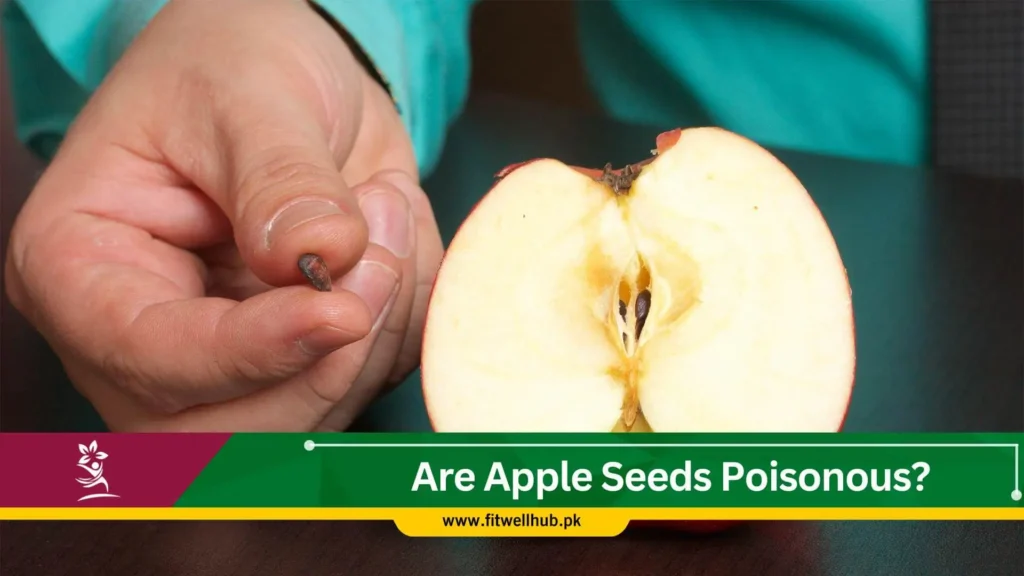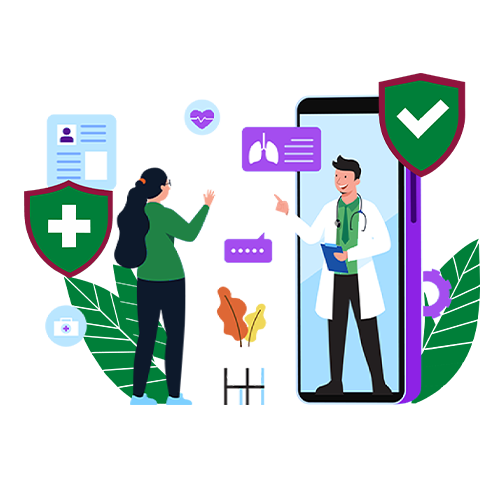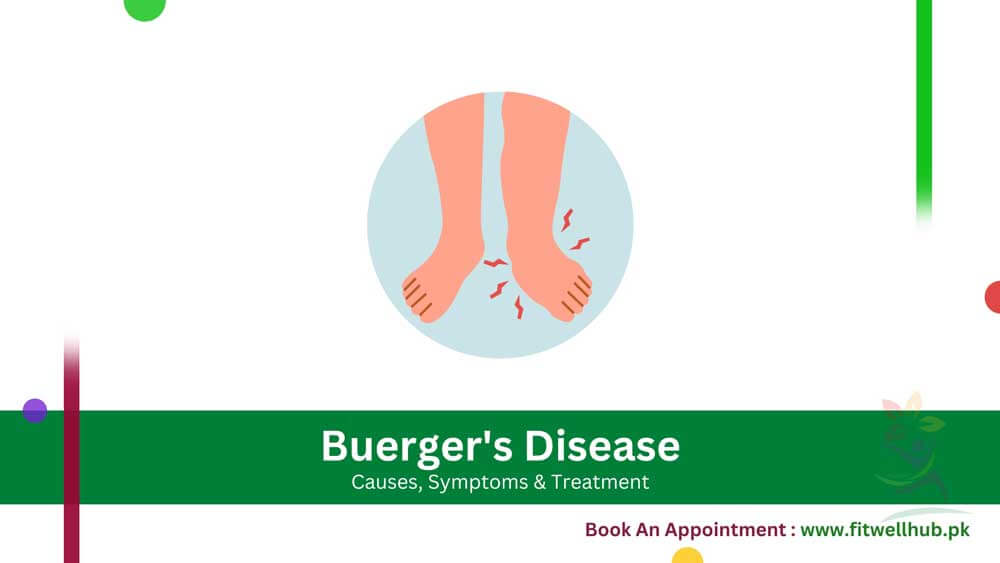Although the apple seeds are very tiny, they generate much curiosity because of their contents.
Quick Links
ToggleWhile the pulp and skin of the fruit contain an abundance of nutrients and health benefits, the seeds contain a substance that, if consumed in sufficient amounts, is toxic. What makes apple seed so potentially dangerous? Should you eat them? Here is what you need to know.
What’s Inside Apple Seeds?
Apple seeds contain a compound called amygdalin, which releases cyanide, a toxic substance when broken down during digestion. Amygdalin is also found in the seeds of other fruits, such as apricots and cherries. When digested, it breaks down into hydrogen cyanide, which is toxic in high amounts and can disrupt oxygen transport in the body.
The amount of amygdalin, and, by implication, cyanide in apple seeds, is relatively small and varies with the type and growing conditions of apples. But this raises issues of health implications and how safe it might be to ingest these seeds.
How Much Cyanide is in Apple Seeds?
The cyanide content in the seeds is very low, but it poses a problem if the seeds are chewed. Whole seeds normally pass undigested through the gut, and thus cyanide does not get absorbed. When the seeds are crushed or chewed, amygdalin is released, making cyanide available.
On average, a seed may contain 0.6 mg of cyanide in it. An average fatal dose for an adult may range between 50 & 100 MG. A child or someone much smaller may reach that quantity through apple seed poisoning alone, only by chewing hundreds of the seeds. However, risks in moderate amounts exist as well.
If you want to know the side effects of apple instead, check out this article.
Health Hazards
The major risk involved with the intake of apple seeds toxicity is cyanide poisoning. Cyanide poisoning can manifest some of the following symptoms and signs:
| Symptom | Description |
|---|---|
| Headache | Cyanide affects the supply of oxygen to the brain, leading to a headache. |
| Dizziness and Nausea | Reduced oxygen levels due to cyanide exposure can cause dizziness and nausea in the stomach. |
| Shortness of Breath | Severe cyanide poisoning can alter oxygen consumption, leading to breathing difficulties. |
| Unconsciousness or Death | High doses of cyanide severely damage brain function, potentially resulting in unconsciousness or death. |
Mostly, this means the best approach to handling it is not taking it inside your body as foodstuff, huge amounts
How to Avoid Eating the Seeds
Even if you accidentally have one or two seeds from an apple fruit, poisoning is less likely, but taking precautions when dealing with the fruit seeds is the smart thing. Here are simple safe ways to handle apple seeds amygdalin:
- If you have ingested a few seeds, do not crush them. Or the cyanide inside the seeds releases into your body.
- If you are going to make apple juice or use apples in a recipe, remove the seeds.
- Teach the children to avoid the seeds and only consume the pulp of the apple.
What to do with Apple Seeds?
Apple seeds have some interesting uses aside from eating:
- Gardening: You can use apple seeds for gardening, though the apples may not match the parent variety due to natural variation.
- Crafting: Because of their teardrop shape, you can make apple seeds DIY crafts, jewelry, or other decorative projects.
- Composting: You can add them to the compost if you mix them well and give them sufficient time to decompose.
Apple Seed Oil: A Useful Product
Seeds also leave us with apple seed oil. This essential oil is very beneficial for the skin and hair due to its content of vitamins and fatty acids. Apple seed oil benefits entail their potential ability to deeply moisturize, soothe the skin, and promote a more youthful glow. That is why many skincare products contain apple seed oil for the skin.
Apple seed oil is increasingly becoming popular for its use for hair. It helps in strengthening hair, reduces frizz, and promotes healthy growth. Just like the seeds themselves, apple seed oil needs to be used with care to avoid risks.
Although it can help smoothen the texture and decrease aging signs, oil from an apple seed has to be taken with a bit of caution since excessive oil consumption could cause unwanted effects in the body due to its strong components. With proper application, this oil is set to become your newest beauty ally.
Conclusion
The apple seed is very tiny, but it may give cyanide poisoning symptoms to an individual. Hence, you should avoid the seeds. Accidental intake of a few seeds would not harm an individual. However, deliberate chewing or consumption of a large amount is highly dangerous.
The apple peel and flesh are nutrient-rich and safe; they are the best parts to enjoy. The next time you reach for an apple, remember to enjoy your juicy fruit but discard the seeds, so you are not at the risk of cyanide poisoning.














